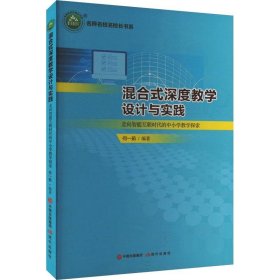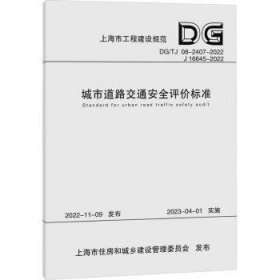
精通以太坊(影印版)
全新正版未拆封
¥ 59.01 4.8折 ¥ 124 全新
库存2件
山东济宁
认证卖家担保交易快速发货售后保障
作者AndreasM.Antonopoulos;GavinWood
出版社东南大学出版社
出版时间2019-06
版次1
装帧平装
上书时间2024-10-03
- 在售商品 暂无
- 平均发货时间 42小时
- 好评率 暂无
- 最新上架
商品详情
- 品相描述:全新
图书标准信息
- 作者 AndreasM.Antonopoulos;GavinWood
- 出版社 东南大学出版社
- 出版时间 2019-06
- 版次 1
- ISBN 9787564183714
- 定价 124.00元
- 装帧 平装
- 开本 其他
- 页数 384页
- 字数 519千字
- 【内容简介】
- 以太坊打开了通向去中心化计算的大门,这个平台使你能够运行去中心化的应用程序(DApps)和智能合约,这些应用程序没有中心故障点或控制点,与支付网络集成,并在开放的区块链上运行。通过这本实用指南,Andreas M. Antonopoulos 和 Gavin Wood 向读者提供了在以太坊和其他基于虚拟机的区块链上构建智能合约和 DApps 所需的一切信息。本书既可以作为一本技术参考手册,也可供读者全面地了解以太坊。前两章主要是一个入门级的介绍,适合新手用户,这些章节中的示例可以由具有一定技术技能的读者完成。这两章将使你对以太坊基础知识有一个很好的掌握,并教会你使用以太坊的基本工具。第三章及以后的内容主要面向程序员,包括许多技术主题和编程示例。
- 【作者简介】
- 安德烈亚斯?M.安东诺普洛斯是知名的技术专家和连续创业者,他已成为比特币行业很有名和很令人尊敬的人士之一。作为公众演说家、教师和作家,Andreas担任了多家技术初创企业的顾问,还定期在全世界的各种会议和社区活动中发表演讲。
- 【目录】
-
Preface
Quick Glossary
1. What Is Ethereum?
Compared to Bitcoin
Components of a Blockchain
The Birth of Ethereum
Ethereum\\\'s Four Stages of Development
Ethereum: A General-Purpose Blockchain
Ethereum\\\'s Components
Further Reading
Ethereum and Turing Completeness
Turing Completeness as a \\\"Feature\\\"
Implications of Turing Completeness
From General-Purpose Blockchains to Decentralized Applications (DApps)
The Third Age of the Internet
Ethereum\\\'s Development Culture
Why Learn Ethereum?
What This Book Will Teach You
2. Ethereum Basics
Ether Currency Units
Choosing an Ethereum Wallet
Control and Responsibility
Getting Started with MetaMask
Creating a Wallet
Switching Networks
Getting Some Test Ether
Sending Ether from MetaMask
Exploring the Transaction History of an Address
Introducing the World Computer
Externally Owned Accounts (EOAs) and Contracts
A Simple Contract: A Test Ether Faucet
Compiling the Faucet Contract
Creating the Contract on the Blockchain
Interacting with the Contract
Viewing the Contract Address in a Block Explorer
Funding the Contract
Withdrawing from Our Contract
Conclusions
3. Ethereum Clients
Ethereum Networks
Should I Run a Full Node?
Full Node Advantages and Disadvantages
Public Testnet Advantages and Disadvantages
Local Blockchain Simulation Advantages and Disadvantages
Running an Ethereum Client
Hardware Requirements for a Full Node
Software Requirements for Building and Running a Client (Node)
Parity
Go-Ethereum (Geth)
The First Synchronization of Ethereum-Based Blockchains
Running Geth or Parity
The JSON-RPC Interface
Remote Ethereum Clients
Mobile (Smartphone) Wallets
Browser Wallets
Conclusions
4. Cryptography
Keys and Addresses
Public Key Cryptography and Cryptocurrency
Private Keys
Generating a Private Key from a Random Number
Public Keys
Elliptic Curve Cryptography Explained
Elliptic Curve Arithmetic Operations
Generating a Public Key
……
点击展开
点击收起
相关推荐
— 没有更多了 —



















以下为对购买帮助不大的评价